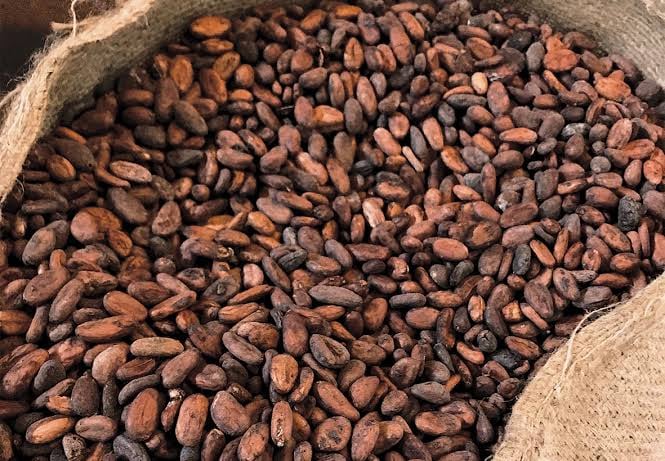Cocoa Prices Surge to Record Highs

Chocolate lovers are feeling the pinch as cocoa prices skyrocket, with the commodity reaching an all-time high of $12,646 per metric ton in December. A combination of extreme weather conditions and the cocoa swollen shoot virus has disrupted supply in West Africa, which produces 70% of the world’s cocoa.
Over the last two years, the cost of manufacturing chocolate has surged by 167%, according to the Producer Price Index, forcing major brands to raise prices.
Swiss chocolatier Lindt described 2024 as a year of record-high cocoa costs and declining consumer sentiment. The company hiked its prices and expects further increases in 2025.
Mondelez International, the parent company of Cadbury and Toblerone, acknowledged the unprecedented inflation in cocoa costs in its Q4 earnings report. With cocoa futures up 143% over the past year, traders are closely monitoring every weather shift in West Africa.
Monday’s cocoa futures dipped below $10,000 per metric ton on the Intercontinental Exchange, but volatility remains high, with concerns over whether upcoming harvests can meet growing demand.
What Does This Mean for Me?
While Ecuador and other regions have potential to increase cocoa production, planting new trees is a long-term strategy, requiring four to six years before harvest. In the short term, consumers may seek chocolates with lower cocoa content or substitutes to offset rising costs. With cocoa supply tightening and demand continuing to rise, the market’s turbulence is far from over.
More News

Silver’s Surge Shows Rate-Cut Bets and a New Layer of Trade Risk
.webp)
Gold’s Breakout Year Sets a High Bar for 2026
.webp)
Europe’s Gas Chill Turns Into a Price Rout

The Rare Earths Boom Driving a New Global Supercycle
.webp)
Brent Rises as Fresh U.S. Sanctions Choke Russian Oil Exports

Global Wind Market Set to Hit $304 Billion by 2029
.webp)
Gold Cools After Record Surge as Dollar Strengthens
